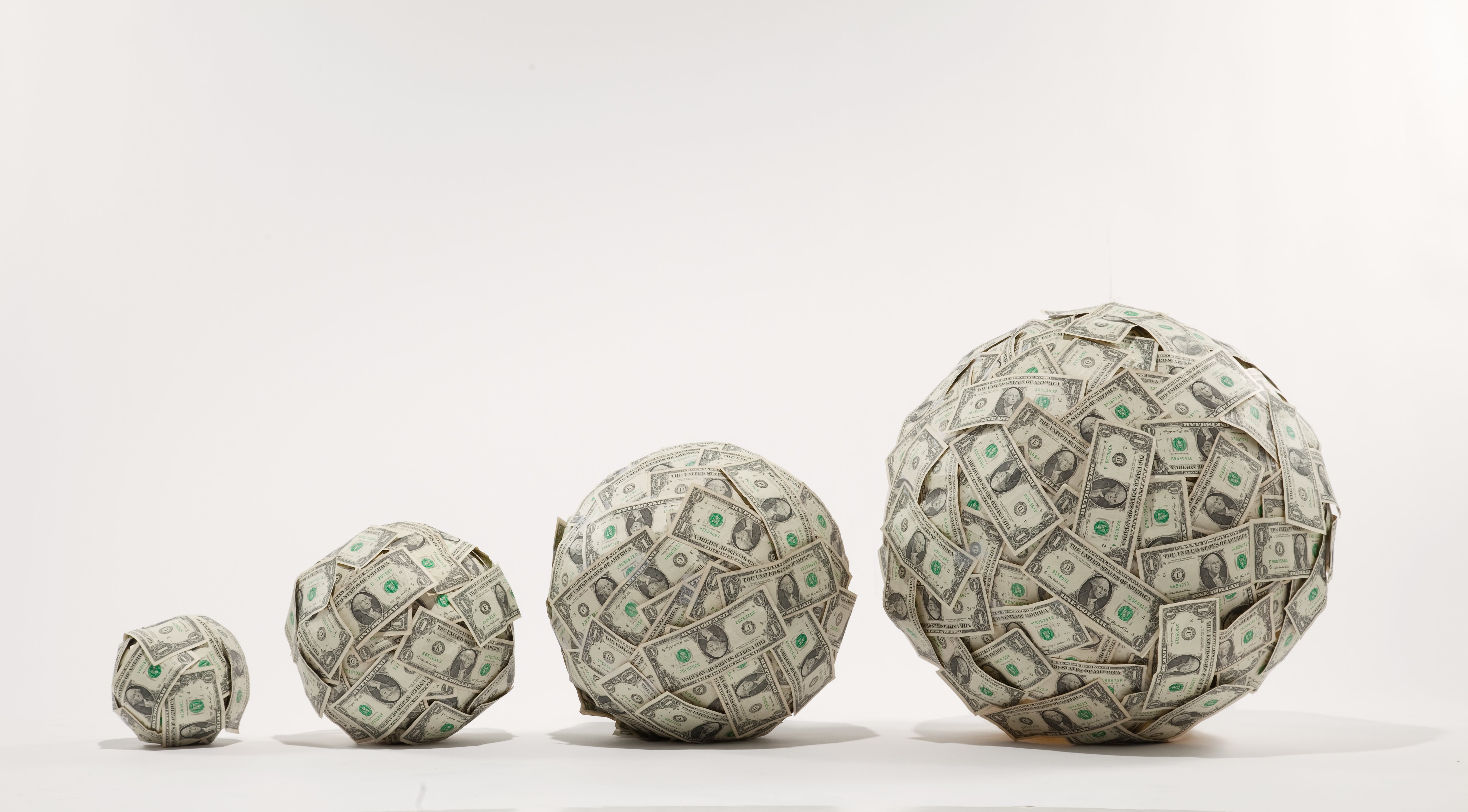It’s Fed week, and the world will be closely watching Wednesday’s FOMC. Will they raise rates, or will they chicken out? Do Yellen & Co feel bound by calendar dependency, or are we still on data dependency? Will she be obliged to deliver consistency, or is her hand guided by economic reality? In a nutshell, there is every reason to stay put, but who says the Fed chair has so far done things for the right reasons? We will know soon.
The FOMC in fact coincides with the release of another report, or shall we say it precedes the Wednesday showdown. The Fed just published its quarterly Flow of Funds report, which is a most comprehensive compilation of assets and liabilities of all economic sectors for the first quarter. In it, the numbers for US private households give us quite a bit of insights into how wealth gets allocated and how central banking has failed.
Those private households have as of March 31 accumulated assets of the gargantuan value of 110 trillion dollars, 77 trillion of which in financial assets, as in deposits, shares, bonds and rights to pensions, and 33 trillion in non-financial assets, primarily real estate at market value. Even after the deduction of liabilities American households’ net assets are 62 trillion dollars, and including tangible assets their net worth amounts to just shy of 95 trillion.
This net worth increased by 2.35 trillion from the previous quarter, and by 7.26 trillion from the first quarter of last year. It is mostly the gains in equity- and real estate markets that have propelled American wealth. And what a long way it has come. In the early 1990s households’ net worth held at around 20 trillion. At the turn of the century it accounted for 40 trillion. In the past 17 years net worth has more than doubled.
In the scheme of things, the sudden sharp decline during the equity and property crash of an estimated total of 10 trillion in 2007-09 looks like a mere correction, if not a simple speed bump on the way up. Equity holdings have in fact tripled from the lows of the financial crisis. The total value of real estate held has climbed beyond pre-crisis levels again. And the 10 trillion value of mortgages drawn is still about a trillion lower than at its peak.
So, in other words, even in an era of the lowest of interest rates private households manage to accumulate wealth like there is no tomorrow. This is obviously great, you will think, but is it? Effectively, it tells us the whole story about the failings of central banks. Remember, money had been printed for the primary purpose of channeling it into the business cycle to trigger investments and consumption. But where is the growth?
Instead, the report is another testament of money being simply hoarded. Monetary policy has principally served the purpose of accumulation of capital and assets. If that wasn’t enough of a more or less misguided development, the enormous asset creation among private households hasn’t happened in a balanced fashion. Quite the contrary, the report confirms that wealth creation is unhealthily skewed.
While in the late seventies the richest 0.1% of households amassed 7% of all assets, that ratio has now been propelled to 22%. Again, 22% of all US assets are being held by 0.1% of the population! On the flip side, 90% of American households held 36% of all assets in the late eighties. Today those 90% hold 23% of all assets, a smudge more than the richest 0.1%.
And those are numbers that were last updated in mid-2015. If you extrapolated those unmistakable trends on either side, it would suggest that current numbers showed the richest 0.1% holding more assets than the 90% of households. To put more perspective to these imbalances, the Fed report attributes 77.2% of total assets to the top 10% of households, 64.6% to the top 5%, and still an incredible 41.8% to the top 1%.
It almost begs the question when the 90% start a revolution? Maybe the election of Donald Trump is part of such initial popular riots, despite the fact that his administration might do nothing to rectify the aberration. Those you have the most introspection to do are the people in the Fed who have enabled these proliferations in the first place. Let’s see whether Wednesday will play to the same tune.
